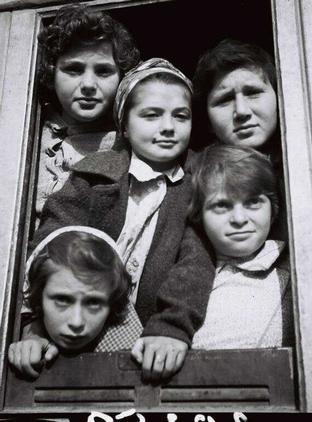Tehran Children is a book in progress,
forthcoming from W.W. Norton in 2019, which tells of my father’s escape from Nazi-occupied Poland to British-controlled Palestine, and how I retraced his path through Russia, Uzbekistan, and Iran.
. . . more about the project, author, contact info
The Story:
On August 16th, 1942, over 7,000 Polish refugees disembarked at Bandar Pahlavi, a port town in northern Iran. Among them were a thousand Polish-Jewish children, and among these was my father. My father had been raised in a sheltered family estate in the northeast of Poland. How he wound up 5,000 kilometers away from his home, at the height of World War II, has been the subject of my research these past seven years.

Until I began this project, I knew nearly nothing of my father’s wartime past. My father never spoke about the war. He had no accent, no number tattooed on his forearm. I did not think of him – nor did he present himself – as a Holocaust survivor. He was simply a member of the so-called Tehran Children, the lucky ones who escaped East and were saved.
Then, in 2007, the Iranian author Salar Abdoh sent me an op. ed. from a Persian newspaper. The title of the piece was “Iran, Jews and the Holocaust.” It mentioned “what are called the Tehran Children” as proof of Iran’s wartime righteousness and as counter-weight to Holocaust denials by then Iranian President Mahmoud Ahmadinejad. Salar wanted to know how the Tehran Children were treated in Iran. I did not even know when or why they lived in Iran. And so began my seven year quest.
Eight years, five countries, twelve archives, and many books, articles and interviews later, I’ve begun to see a new narrative of the Holocaust, one whose central image is not the concentration camp or the secret hiding place in the attic, but something much more disjointed: the constant fleeing from place to place, the shifting of allegiances and identity, a chaotic flight from danger to safety and back to danger again, which unfolded over the course of several years.
